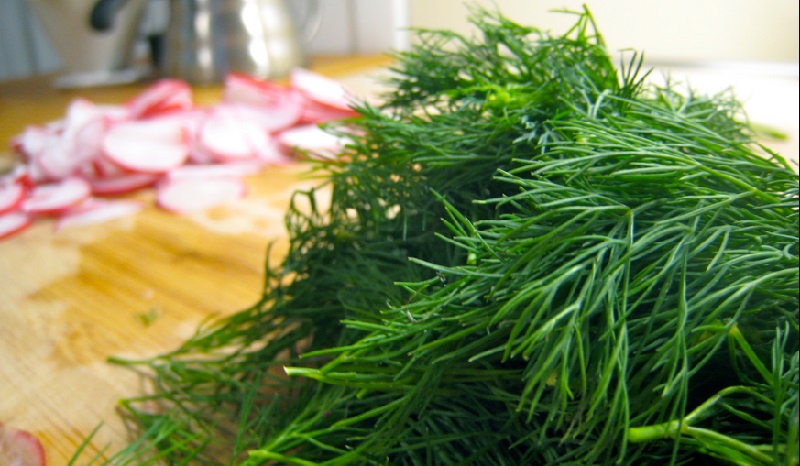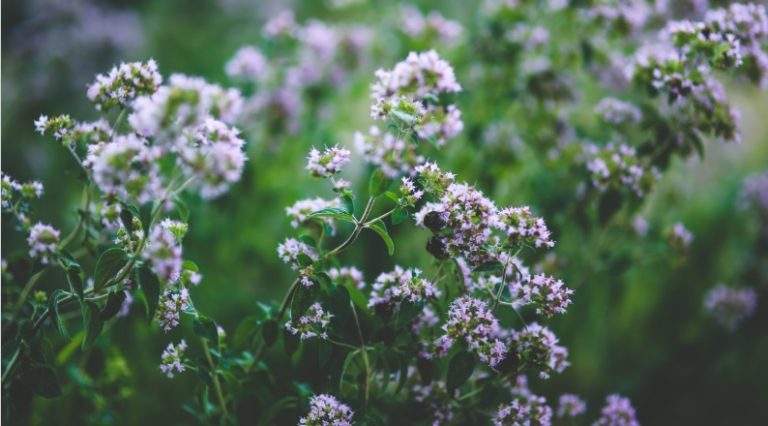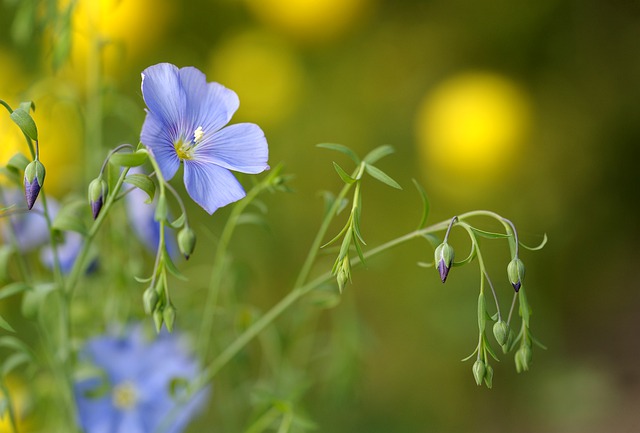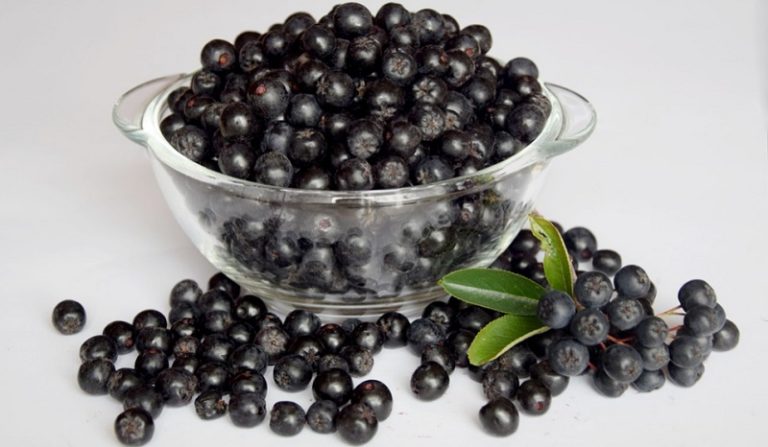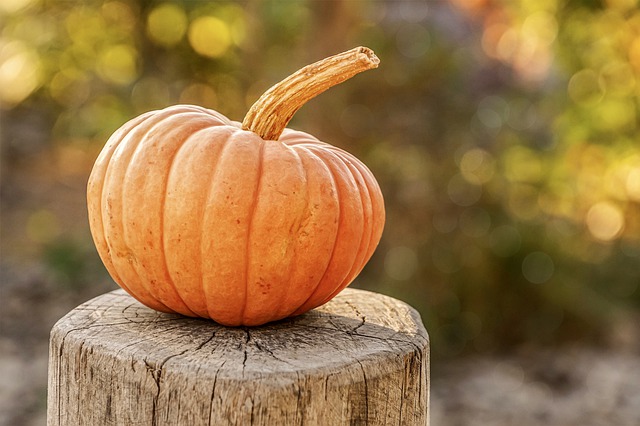Useful properties of dill. Storage
With the first warm days in spring, the first dill sprigs appear along with the early grass. And already here the housewives do not miss their chance. They begin to add dill to every dish, especially salads. And it is felt how a young plant simply saturates the body tired of the winter with fresh vitamins. So what are the benefits of using it?
Fragrant dill is an annual herbaceous plant of the Okrugaceae family. The height of the dill bush can be more than a meter. Dill leaves are eaten, and umbrellas with seeds are used for pickles. Dill is an unpretentious plant, grows everywhere and requires minimal care.
Due to its characteristic fragrant taste and aroma, the plant is widely used as a spice. Cooks and housewives willingly use both greens and dill. To give dishes and preserves a unique taste, dill is added to them in fresh, salted or dried form. Dill is used to produce essential oil, which is widely used in soap making, alcoholic beverages, food and canning industries.
In folk medicine, dill seeds are used. The ingredients are stocked up after the dill is fully ripe. To prepare the grass, cut and tie it into small bunches, hanging it in a ventilated room. After drying, the dill is threshed and stored for 24 months.
Composition and calorie content of dill
Dill consists of 85% water, 6.3% carbohydrates. Proteins and fiber account for approximately equal proportions – 2.5% and 2.8%, respectively. The composition of dill also includes ash, fats and organic acids.
Dill is a source of a wide range of B vitamins, it also contains tocopherol, ascorbic acid and beta-carotene.
Among the micro and macro elements in dill are sodium, iron, potassium, manganese, calcium, copper, magnesium, phosphorus and zinc.
Calorie content of dill: 100 g contains 40 kcal.
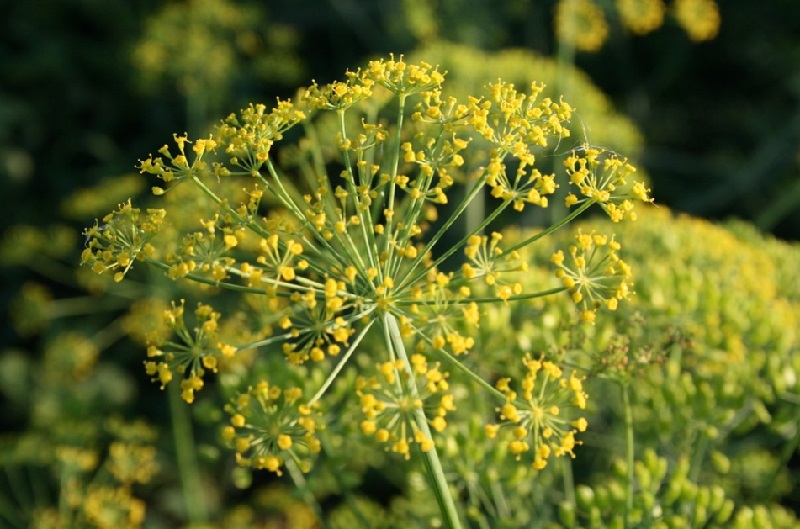
Useful properties of dill
- Dill is useful for anemia. Due to the content of vitamin A, folic acid and iron, daily consumption of dill leads to an increase in blood hemoglobin.
- Dill essential oil is used as a choleretic agent. Dill itself acts as a diuretic and is used for edema and diseases of the genitourinary system.
- Retinol – vitamin A – helps to strengthen blood vessels, anetin nourishes the walls of blood vessels and promotes their expansion. As a result, there is a decrease in pressure.
- Dill is useful for women during lactation, as it enhances it.
- The sedative properties of dill help with insomnia.
- Dill has an analgesic effect. Together with the ability to normalize the digestion process, it can alleviate peptic ulcer disease.
- The use of dill is advisable for bronchitis, pneumonia. This is due to the fact that in the leaves and seeds of the plant there are oils that contribute to the discharge of phlegm from the lungs. When using spicy herbs, phlegm liquefies and easily leaves the walls of the lungs to the outside. The cough changes from dry to wet and goes away easily.
- If you suffer from increased gas formation and flatulence, dill seeds stop them. Therefore, they are recommended to be consumed after eating legumes.
Storing dill in winter
Before drying the dill, it is washed and sorted out. Greens left on the table must be turned over several times. Depending on the initial moisture content of the leaves, weather conditions and the layer of greenery, after 2-3 days the dill dries completely and is ready for storage.
How to freeze dill for the winter in the freezer? Washed and sorted greens are dried, laid out in containers or bags and placed in the freezer. Do not use large containers, as vegetables and herbs cannot be refrozen and should be used as soon as possible. You can tear off a few dill shoots, wrap them in plastic bags or film. Frozen dill leaves retain their properties, including taste and smell, for up to 6-8 months. And using this method, you can provide a vitamin supplement to dishes until the next season.
Dill seed infusion recipe
Pour 2 teaspoons of chopped dill fruits into 0.5 liters of boiling water, leave for 1 hour, then strain. Drink this infusion for 2 days, 1 glass a day, in several stages – 1-2 sips at a time. This infusion is taken for diseases of the pancreas, for colitis of various origins, as a sedative for insomnia, to enhance milk secretion in women during lactation.
Contraindications to the use of dill
Before starting the treatment of cystitis and other diseases with dill, you need to visit a doctor and consult about the dosage and prescription. Despite its miraculous property, the herb can be harmful. Before starting use, it is important not only to study the benefits and contraindications for use, but also to conduct a number of examinations that will help determine the presence or absence of pathologies and diseases in which it is forbidden to use dill. In some cases, the plant causes irreparable damage.
Contraindications include hypotension, allergic reactions to dill, as well as menstruation in women.

